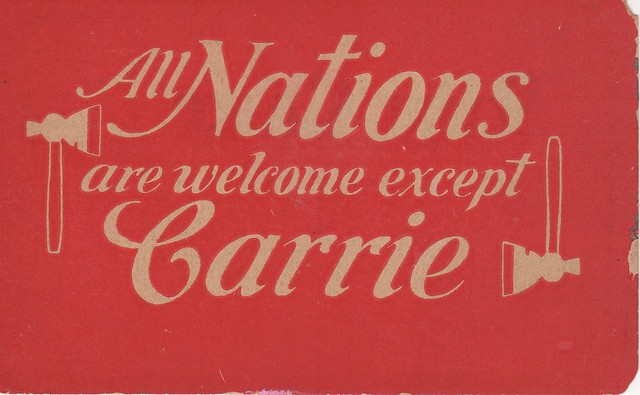#1- During the days of the Black Death, an extreme sect of Christians known as the Flagellant Brothers roamed from village to village, dragging crosses and whipping themselves for penance.
#2 - Pope Gregory I decreed that his monks would live communally, sharing all that they had. Sounds great, right? Actually, Gregory took it to an unholy extreme. When he discovered that one of the brothers had hidden three gold coins, he ordered the other monks to ostracize him. Even when the offending man was on his death bed, he was forbidden to have visitors. What was the purpose of this cruelty, you might ask? Gregory hoped that it might make him repent, and thereby save him from eternity in Hell. After the brother died, he was buried in a dung heap to set an example for the other monks.
#3 - According to legend, God gave Saint Christopher a dog head to ward off the unwanted attention of the local ladies.
#4 - The Hand of Saint Theresa was treasured as a relic by the Spanish tyrant, Francisco Franko. He was rarely seen without it, and even slept with the Hand under his pillow.
#4 - Martin Luther had a diet of Worms. Heh. Bad pun, I know.
#6 - There is some dispute over which disciple reached Jesus' tomb first. John claims that he outran Peter, but Peter says that they arrived at the same time. Sounds like there was some competition going on.
#7 - In the days before the printing press, monks had to create copies of the Bible by hand. They worked under strict silence but--much like modern schoolboys--found ways around the rules by doodling in the margins. One man drew a bunch of monkeys harassing a scribe. Another scribbled a merman getting shot with an arrow. Still others griped about their working conditions: "Oh my hand," "I am very cold," "Writing is excessive drudgery. It crooks your back, it dims your sight, it twists your stomach and your sides."
#8 - The world "cathedral" means "the church that contains the bishop's throne."
#9 - Several Saints--such as Saint Joseph of Cupertino and Saint Martin de Porres--were able to fly and be in two places at once. While it sounds ridiculous at first, bear in mind that God's done stranger things. Remember that talking donkey? In light of that, I actually don't think flying Saints is such a stretch.


